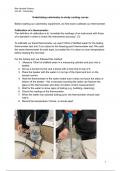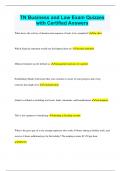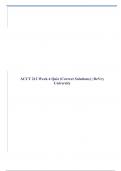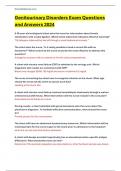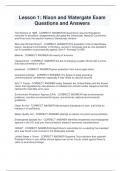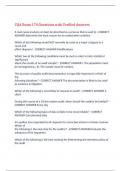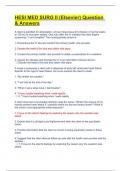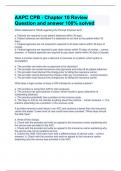Essay
Unit 2b - Undertaking calorimetry to study cooling curves
- Vak
- Instelling
Unit 2b - Undertaking calorimetry to study cooling curves This paper got graded as a distinction All the points in the pearsons btec level 3 applied science specification are included
[Meer zien]
